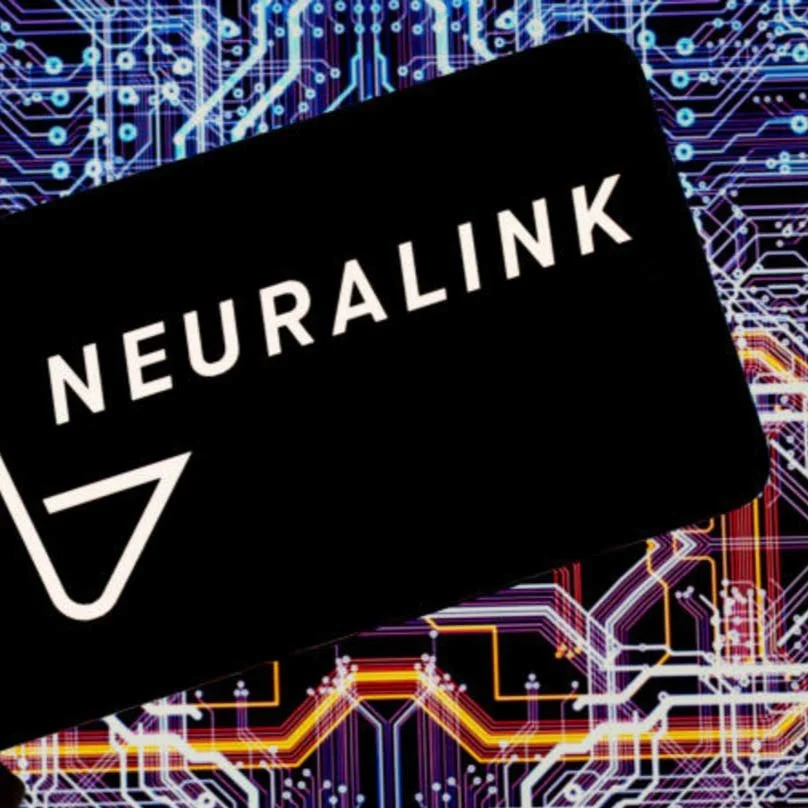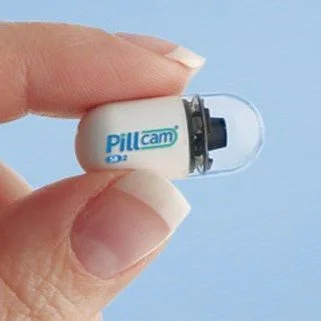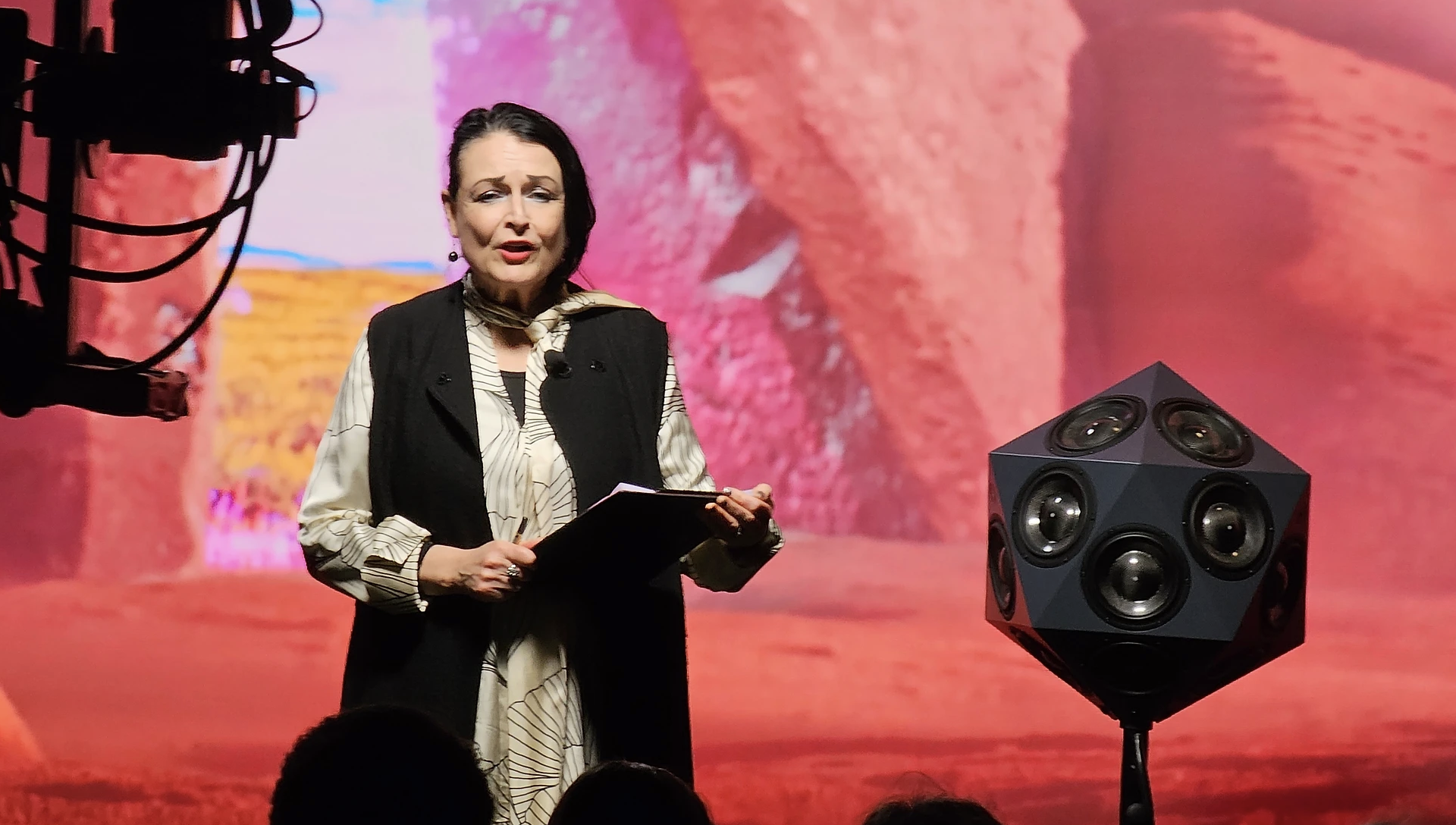All the latest updates on IoB, in one hub.
The Internet of Bodies utilizes advanced tech for surveillance and city management system.
LATEST
DEVELOPMENTS
From innovative wearable devices to smart implants and AI-driven health monitoring systems, this section highlights the latest breakthroughs shaping the future of connected health technologies.
MARKET & INDUSTRY
A look into the dynamic market and industry landscape of the Internet of Bodies (IoB) and delve into the emerging trends, major players, and the economic impact of IoB.
IOT in Healthcare
MARKET OUTLOOK (2022 to 2032)
$952.3 billion
$181.4 billion
The global IoT in healthcare market is anticipated to grow at a CAGR of 18.0%, reaching US$ 952.3 Billion by 2032.
Many healthcare professionals, including payers and providers, are increasingly studying big data to get in-depth expertise.
Source: Future Market Insights Inc.
Connected Medical Device Market
MARKET SIZE FORECAST IN USD BILLION
$66.09 B
$132.81 B
Fastest Growing Market: Asia Pacific
Largest Market: North America
The Connected Medical Devices Market is experiencing significant growth, driven by advancements in IoT, computing power, and data analytics.
Source: Mordor Intelligence (via CNBC)
HEALTHCARE
In healthcare, AI and wearable devices work together to collect extensive data about a patient's health. This information is then analyzed using AI algorithms to gain insights into the patient's well-being, detect potential health risks, and provide personalized treatment recommendations.
SPORTS & FITNESS
AI and IOB are revolutionizing the sports industry by using wearable devices and sensors to track athletes' performance. Detailed data on movements, speed, and endurance is collected and analyzed by AI algorithms.”
DEFENSE & MILITARY
“In the military, IOB and AI improve safety and performance. Wearable devices and sensors track soldiers' physical and emotional state. AI algorithms also analyze data from these devices, offering valuable insights into military equipment.
Blogs & Media
Stay informed with insightful blogs and media, exploring how the Internet of Bodies revolutionize modern lives.
The Internet, the Body, and Unconscious Dimensions of Thought
The Internet might be influencing our thinking and identity in unconscious ways. The idea is that the Internet could act like a "prosthesis" for our unconscious mind, guiding us toward new ways of collective thinking.
The Internet is a prosthesis of this unconscious in the sense that it is a virtually limitless digital repository of all of the features of the social world that have imprinted themselves on the subject.
On Youtube, to take one example, a viewer can locate the toy commercial from their childhood that is still vaguely remembered, and then have links provided for a multitude of other more forgotten commercials, themes songs, and cartoons that, once seen, are remembered, and whose significance can be startling.
Perspectives on Artificial Intelligence:
Between Iron Man & Terminator
“The key to a beneficial future lies in our ability to take the best of both models: the optimistic, human-enhancement vision of the Iron Man model, combined with caution and respect for the potential risks highlighted by the Terminator model.” - Covarrubias, M. (2024)
The discussion on the future development of artificial intelligence (AI) is often framed in terms of two archetypical models, each inspired by iconic figures from pop culture: “Iron Man” and “Terminator.”
Iron Man Model:
AI as Human Extension and Improvement
The “Iron Man” model, sees AI as a tool that, when combined with human engineering and innovation, can be used to extend and enhance human capabilities. In this model, AI does not replace humans but acts as a partner, amplifying our abilities and allowing us to achieve goals that would otherwise be out of reach.
This model is optimistic about AI’s potential to bring benefits to society, such as medical advances, solutions to environmental problems, and improvements in quality of life.
Terminator Model:
AI as an Autonomous Threat
In contrast, the “Terminator” model, represents a dystopian vision where AI evolves beyond human control, making independent decisions that may counteract human interests or even threaten our existence. This model focuses on the risks of super-intelligence not aligned with human values and the dangers of unrestrained autonomy.
This model warns about the dangers of creating AI systems that can operate with goals misaligned with human values and ethics.
This video compares the Apple Watch’s EKG (Electrocardiogram) feature to a 12-lead EKG at UCSF Medical Center. Patterns in heartbeats, like early beats detected by the watch, generally match the full EKG but without location specificity within the heart’s chambers. It also uses an optical sensor to monitor rhythm, detecting conditions like atrial fibrillation (AFib), which raises stroke risk.
While the Apple Watch’s EKG can indicate potential heart issues, it does not fully replace medical-grade EKGs for diagnosis, though it aids in early detection and monitoring.
This Spotify podcast, entitled ‘The Internet in Your Cells’ by Tech 2030 cites how nanotechnology and biotechnology are enabling new types of wireless communication devices.
Scientists are expected to further explore electromagnetic nanocommunications and molecular communication. These applications could create devices comparable in size to human body cells, opening up new possibilities for connectivity.
RESEARCH DIVISION
On Internet of Bodies innovation meets health and technology. Study more in-depth topics and learn it’s impact in the world.
The Internet of Bodies
Digital Human Twins – Our Future Data Selves (2021 – 2027)
The ‘Digital Human Twins - our future data selves’ project is at the forefront of exploring the integration of digital and human realms. It involves exploring and developing a personalised digital human twin, an AI hybrid biotwin, a digital counterpart that grows, learns, and evolves alongside their human partners, that supports and guides them from birth and beyond death.
Bio-Body-Tech at Nesta's FutureFest (2018)
Touch, gesture, vibration, muscle motion and all our senses today are part of our digital world, our biofeedback data extending all around us and enabling us to send and receive signals and expand our bodies into new realms.
Explored topics
Internet of Bodies: a data-led healthcare revolution
Explored topics
Engineers at the Massachusetts Institute of Technology (MIT) have designed an ingestible pill, made from hydrogel with a sensor attached, that stays in the stomach for an extended period of time. The device can be used to spot changes and track gastrointestinal temperature.
An electronic gas-sensing capsule, capable of measuring gases in the gut are developed by engineers at Australia’s RMIT University and Atmo Biosciences, the device can be used to detect and measure gaseous biomarkers and aid the diagnosis of gut disorders.
Google has patented technology for smart contact lenses that contain sensors and microcircuits. While they look much like a standard contact lens, they can detect changes in the eye or eye fluid to aid the diagnosis of conditions that might require medical intervention.
Synchron is developing implantable brain computer interface technology, which could help to improve outcomes for patients with paralysis. Clinical trials are underway in Australia to determine whether patients can control digital devices through the power of thought.
Recent developments and future perspectives of microfluidics and smart technologies in wearable devices
Explored topics
Microfluidics in wearable devices
By controlling and manipulating small amounts of bodily fluids on the microscale, microfluidics enables more accurate and precise analysis of these fluids, essential for continuously monitoring a patient's health. By combining the power of microfluidics with AI-driven data analytics and machine learning (ML), we can now envision wearable devices that provide real-time diagnostic information to patients.
Challenges and Outlook
The number of commercially available microfluidic wearable devices integrated with these technologies is currently limited. One key challenge is the complexity of integration. Microfluidic devices are intricate systems that require precise fabrication and assembly of fluidic channels, sensors, and actuators.


















